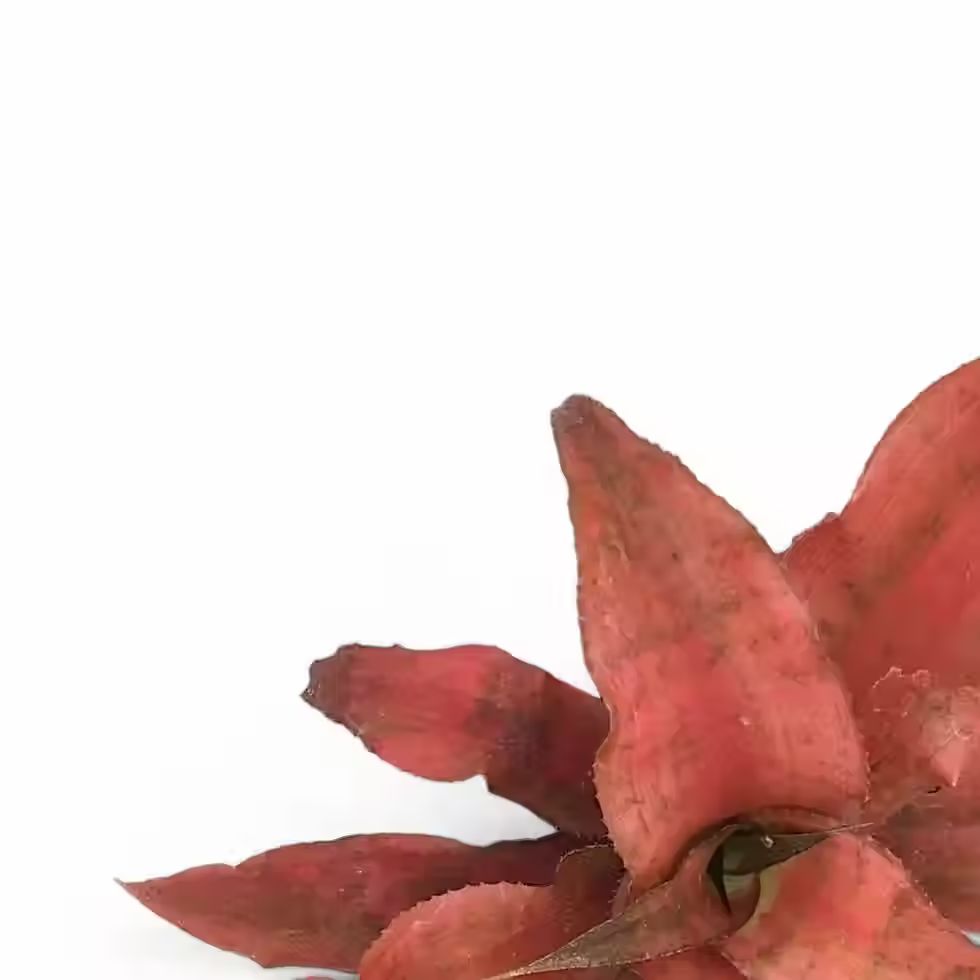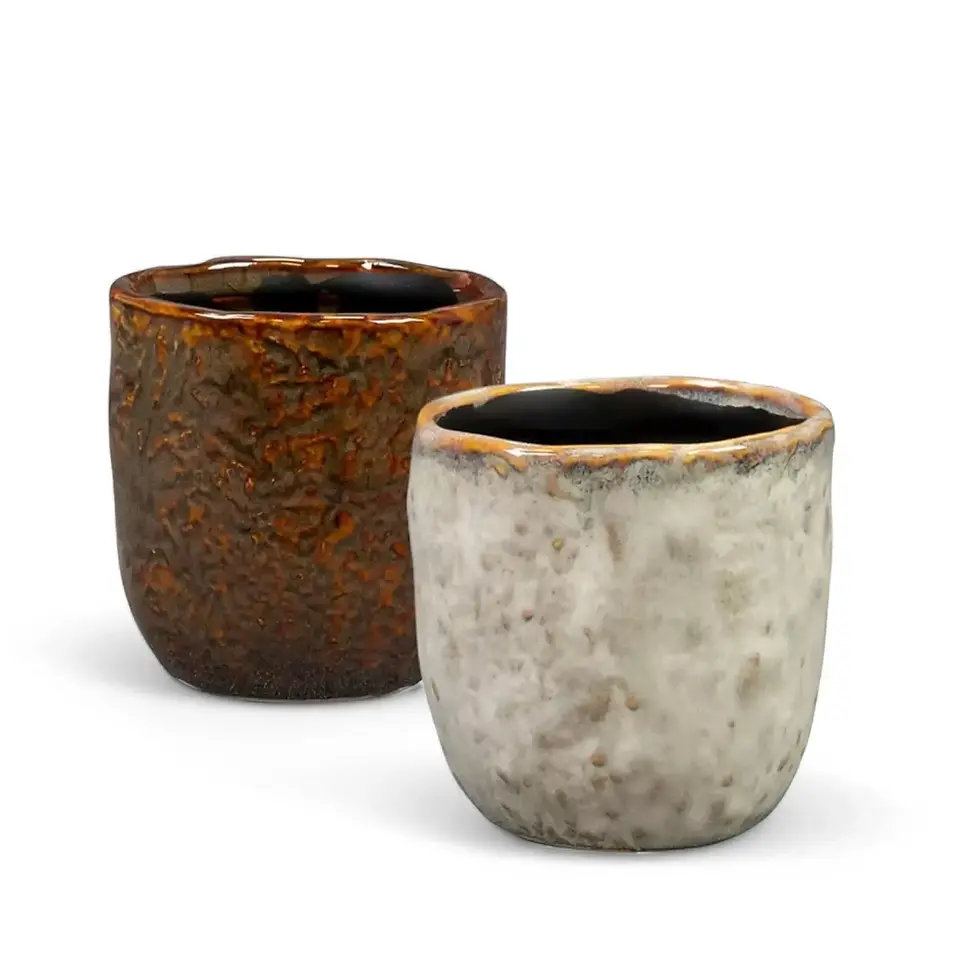Aglaonema 'White Joy' - A Tropical Statement for Your Indoor Space
Aglaonema 'White Joy,' a captivating cultivar of Aglaonema commutatum, also known as Philippine evergreen, brings an air of tropical sophistication to any home. Its striking variegated leaves, featuring deep-green edges and a bright white center, make it a showstopper. The elegant, elongated leaves have a glossy finish that enhances their vibrant appearance, reflecting light beautifully and adding depth to their coloration. Each leaf boasts a prominent dark-green midrib that contrasts strikingly with the creamy white leaf blades, creating a dramatic visual effect. Its compact, bushy growth habit ensures a lush, full appearance, perfect for tabletops, shelves, or floor spaces.
Aglaonema 'White Joy' Care Guide - Light, Water and Soil
- Light: Prefers bright, indirect light for 10-12 hours daily. Avoid direct sunlight, as it can scorch the delicate leaves. Ideal placement includes an east-facing window or supplementing with a grow light.
- Watering: Allow the top 2-3 cm of the soil to dry before watering again. Ensure proper drainage to prevent root rot.
- Soil: A well-draining, peat-free potting mix enriched with perlite or orchid bark helps maintain proper aeration and moisture balance.
Maintaining Aglaonema 'White Joy' - Humidity and Temperature
- Humidity: Prefers moderate to high humidity but adapts to standard indoor conditions. Use a humidifier or a pebble tray for added moisture.
- Temperature: Maintain between 18-25°C. Avoid cold drafts and temperatures below 15°C.
Fertilizing and Repotting Aglaonema 'White Joy'
- Fertilization: Feed monthly with a balanced, water-soluble fertilizer during the growing season.
- Repotting: Repot every 2-3 years or when root-bound. Use a slightly larger pot with proper drainage.
Propagation and Growth Rate of Aglaonema 'White Joy'
- Propagation: Best propagated through stem cuttings or division during repotting. Ensure each cutting has a healthy root system.
- Growth Rate: Slow to moderate, reaching 30-60 cm with proper care.
Common Issues with Aglaonema 'White Joy' and Solutions
- Pests: Mealybugs and spider mites can occur. Wipe leaves with mild soapy water and apply insecticidal soap , neem oil, or use beneficial insects.
- Root Rot: Avoid overwatering and ensure soil drains well.
- Yellowing Leaves: Often caused by excess moisture or insufficient light.
- Browning Leaf Tips: Increase humidity and keep away from cold air.
- Drooping Leaves: Water consistently and avoid temperature fluctuations.
Companion Plants for Aglaonema 'White Joy'
- Snake Plant (Sansevieria): Provides a striking contrast with its upright leaves.
- ZZ Plant (Zamioculcas zamiifolia): Thrives in similar low-light conditions.
- Peace Lily (Spathiphyllum): Complements Aglaonema 'White Joy' with its elegant white blooms.
FAQs About Aglaonema 'White Joy'
- How often should I water Aglaonema 'White Joy'?
- Water when the top 2-3 cm of soil feels dry. Avoid excessive watering to prevent root rot.
- Can Aglaonema 'White Joy' grow in low light?
- While tolerant of low light, it thrives best in bright, indirect light.
- What type of fertilizer is best for Aglaonema 'White Joy'?
- Use a balanced, water-soluble fertilizer designed for foliage plants. Apply monthly during the growing season.
Why Choose Aglaonema 'White Joy'?
With its striking foliage and low maintenance needs, Aglaonema 'White Joy' is a perfect addition to any indoor space. Whether you're enhancing your plant collection or looking for a resilient, stylish houseplant, this cultivar is an excellent choice.
Bring home Aglaonema 'White Joy' today and elevate your indoor greenery!
Aglaonema 'White joy'
Aglaonema 'White joy's plantsis approximatelyis approximately 30 cm tall and comes in a ⌀ 10 pot.

























































